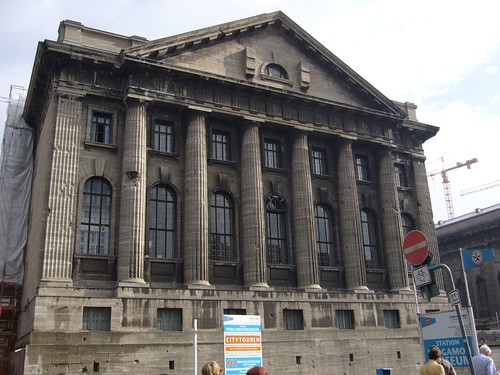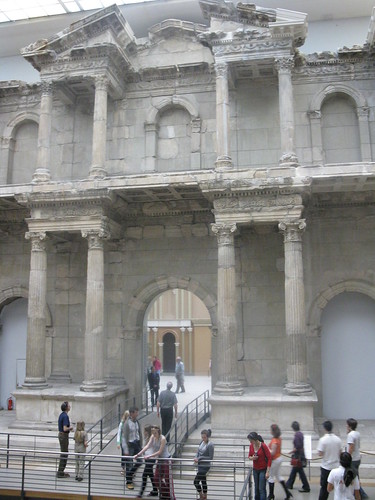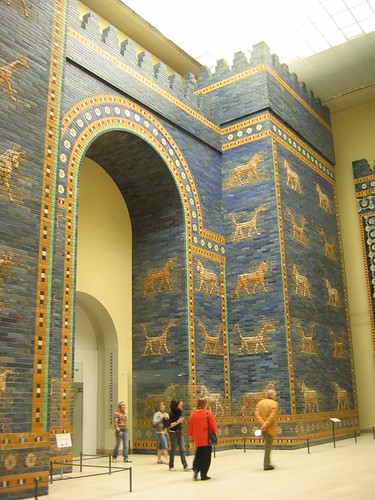The Pergamon Museum is undoubtedly the most visited of the wide range of exhibition halls in Berlin and the highlight of the museum (Museum), although the competition is tough.

Photography by foshie
The reason we looked at the entrance. Soon as you step through the front door of the museum we find the whole impressive Pergamon altar and occupying a huge room where it is difficult to choose where to begin our visit, fortunately the audio guide is included in the ticket price and makes us more easier when you begin to admire the beautiful temple friezes of the Greek.
But the Pergamon altar is not the only reason for choosing to visit this museum if you do not have enough time to devote to several of them. The Ishtar Gate and the sample of Islamic art, Greek and Roman forms one of the best representations of the art world of the past 6,000 years.
To go back to its original location should be moved to Asia Minor (now Turkey) and travel to the Aegean Sea. Facing the island of Lesbos and 30 km of the coast are now the ruins surrounding the city of Bergama, Pergamum built on the former.
On the altar of Zeus found these impressive friezes depicting the battle between the gods of Greek mythology and the giants.
A feature of the great museums of Europe and here in charge Pergamon seeing spectacular dimensions of temples and shrines almost entirely rebuilt in showrooms for thousands of miles from its original location. Occurs in the British Museum with the Elgin Marbles and the Pergamon Museum, where you can also watch full height rebuilt in the Roman market of Miletus.

Photography by heatheronhertravels
How did the altar to Berlin?
The temple was discovered by German archaeologists between 1878 and 1873, who conducted important excavations in the ancient city of Pergamon. Politically and financially supported by Bismarck, who wanted to consolidate his empire with a reference work of classical art, archaeological work in Turkey was given as a reward this ornate altar, which had been used to build parts of the wall of the new city. In 1880 he had unearthed much of the altar and divided into a hundred pieces. The transfer of the films to Berlin began a year earlier. The German government negotiations and the Ottoman Empire ended with the payment of 20,000 marks the Sultan and an act of ‘goodwill’ on his part, approving the assignment and transfer, in gratitude for the work done by German archaeologists.

Photography by Alexandre Lung
The Pergamon museum would be opened years later, in 1930 with the reconstruction of the altar erected in the Hellenistic period and the important finding of the base of the altar. Athena Zeus or even discuss the honor of being the target celestial construction.
But this was not the only trip of the Pergamon Altar, as after World War II, the building began a new journey, farther north. After the defeat of the Nazis, Soviet troops dismantled the altar and took him to St. Petersburg, formerly Leningrad, where he remained in the Hermitage Museum between 1945 and 1959.
But Berlin’s Pergamon Museum houses many other jewelry, including a large portion of a wall adjacent columns Sumerian (third century BC) Uruk temple, decorated with well-preserved mosaic and show the colorful decoration techniques in pre-Christian buildings both public and domestic.
Have a good trip to Berlin!
One Response to “Pergamon Museum in Berlin”
Leave a Reply
You must be logged in to post a comment.
marzo 17th, 2012 at 10:22 pm
[…] and more than 142 million works of art and other objects. If you’re one of those who love museums, such that each time they visit somewhere, you have to close to them, this is one of those […]